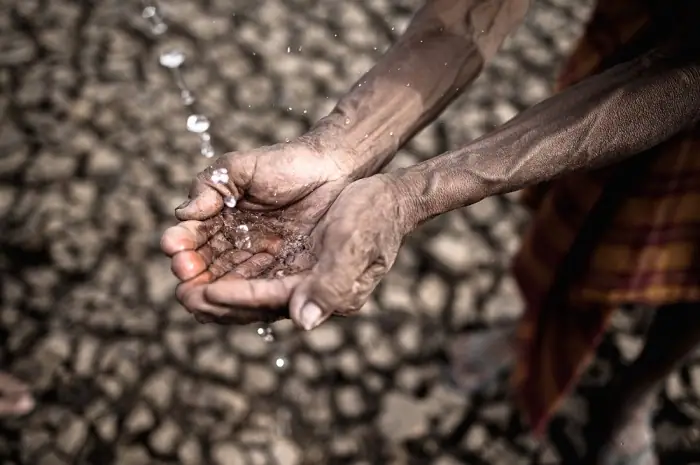Water scarcity is a pressing issue that affects millions of people around the world. In Bangladesh, a country of 165 million people, the situation is particularly severe. The country is grappling with a severe water crisis that is affecting its economy and overall well-being. Climate change, rapid urbanization, and industrialization have exacerbated the situation. This article will explore the challenges of the water crisis in Bangladesh. It will also discuss possible solutions to mitigate its effects.
The Challenges of the Water Crisis in Bangladesh
Dwindling Groundwater Resources
Bangladesh has one of the largest groundwater reserves in the world. Years of over-extraction and poor management have led to a significant depletion of these resources. Groundwater levels in some parts of Bangladesh have declined by up to 3 meters per year (IWM). This has resulted in saltwater intrusion into freshwater aquifers. That makes the water unsuitable for drinking and irrigation.

Floods and Droughts
Bangladesh is prone to both floods and droughts, which have devastating effects on the population and the economy. Floods can destroy crops, damage infrastructure, and cause waterborne diseases. Droughts, on the other hand, can lead to food shortages, loss of livelihoods, and migration.
Contamination of Water Sources
Contamination of water sources is a major issue in Bangladesh, particularly in rural areas. Groundwater sources are often contaminated with arsenic. Arsenic pollution leads to skin lesions, cancers, and other health problems. Surface water sources are also contaminated with pathogens and pollutants. These come from industrial and agricultural activities.

Inadequate Water Supply and Sanitation Infrastructure
Bangladesh faces significant challenges in providing safe and reliable water supply and sanitation services. According to a report by the World Bank, only 62% of the population has access to improved water sources. Only 34% have access to improved sanitation facilities.
Potable water crisis in Southwest Bangladsh
Another major water problem in Bangladesh is the scarcity of potable water in Southwest Bangladesh. There is currently facing a severe potable water crisis due to the unavailability of freshwater aquifers at suitable depths and the high salinity of surface water sources. As a result, households in the region are primarily dependent on a limited number of expensive water technologies, including Rain Water Harvesting (RWH), Pond Sand Filters (PSF), Reverse Osmosis (RO), deep tube-wells, and pond water for drinking purposes. However, these technologies are often unaffordable for poor communities, leaving them no choice but to drink contaminated water from local sources.
The increasing salinity levels in groundwater are a significant concern, as most people in the region are unaware of the health implications of consuming contaminated water. According to a recent study by the Department of Public Health Engineering (DPHE) and the Institute of Water Modelling, 84 percent of people in the country’s coastal region are unaware of salinity in groundwater.
The potable water crisis in Southwest Bangladesh has significant implications for public health. High salinity levels in the water can lead to a range of health problems, including kidney damage, high blood pressure, and cardiovascular disease. Many people in the region are forced to rely on untreated surface water, which can be contaminated with harmful bacteria and pathogens.
Possible Solutions to the Water Crisis in Bangladesh
Promoting Sustainable Groundwater Management
Bangladesh needs to adopt sustainable groundwater management practices. This includes promoting water-efficient agriculture, implementing rainwater harvesting systems, and regulating groundwater extraction. There is also a need for better monitoring and data collection to inform groundwater management decisions.
Building Climate Resilience
Bangladesh needs to build resilience to floods and droughts. It needs to improve flood forecasting and early warning systems. It should also build flood shelters, and introduce drought-tolerant crop varieties. These measures will help minimize the impact of extreme weather events.
Ensuring Safe Water Supply and Sanitation
Bangladesh must improve access to clean water and sanitation facilities. It needs to invest in safe water supply and sanitation infrastructure to do that. It should also build new water treatment plants and rehabilitate existing infrastructure.
Summary of the Water Crisis in Bangladesh
The water crisis in Bangladesh is a complex issue. It requires a multifaceted approach to address. Promoting sustainable groundwater management is key in mitigating the effects of the crisis. These solutions require significant investments and political will. It is time for Bangladesh to take action and invest in its most valuable resource – water.







